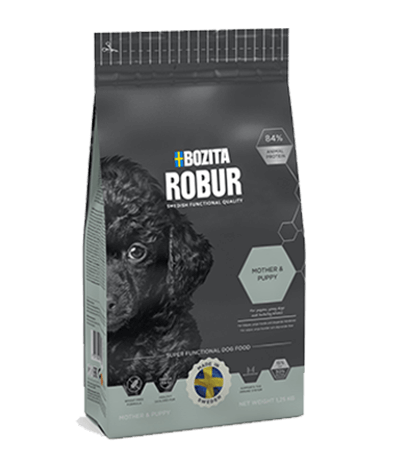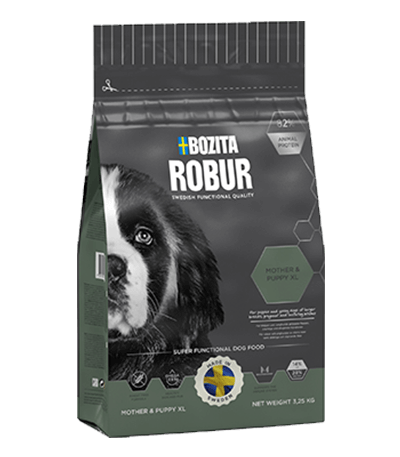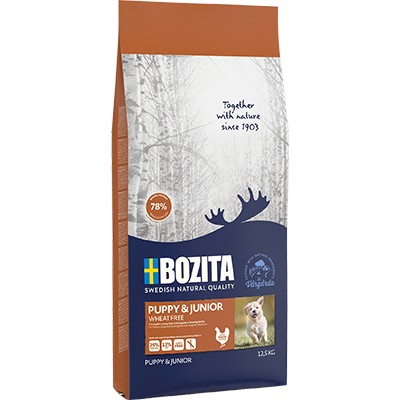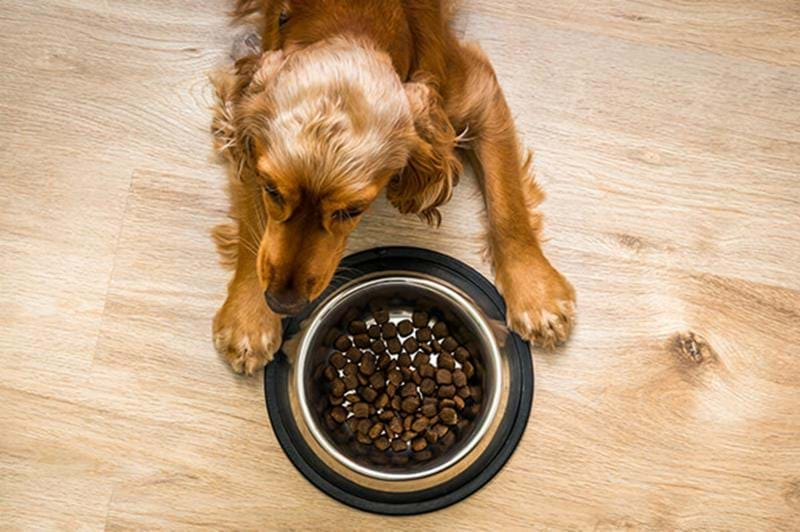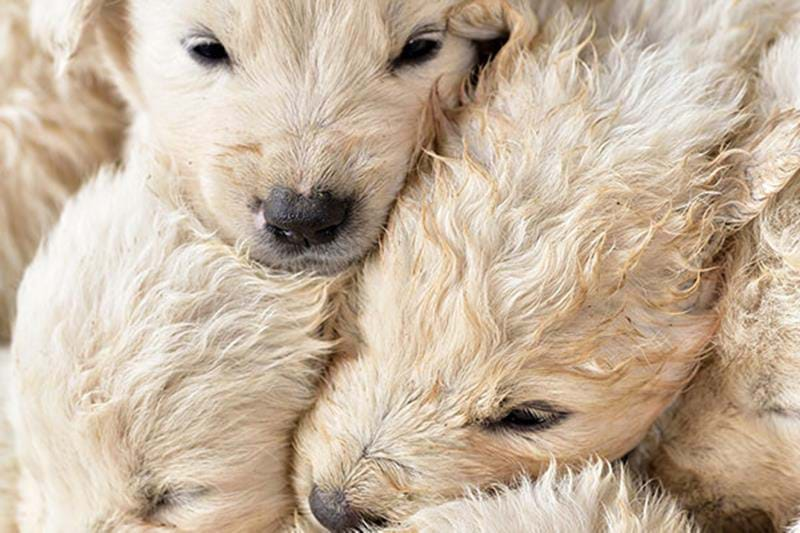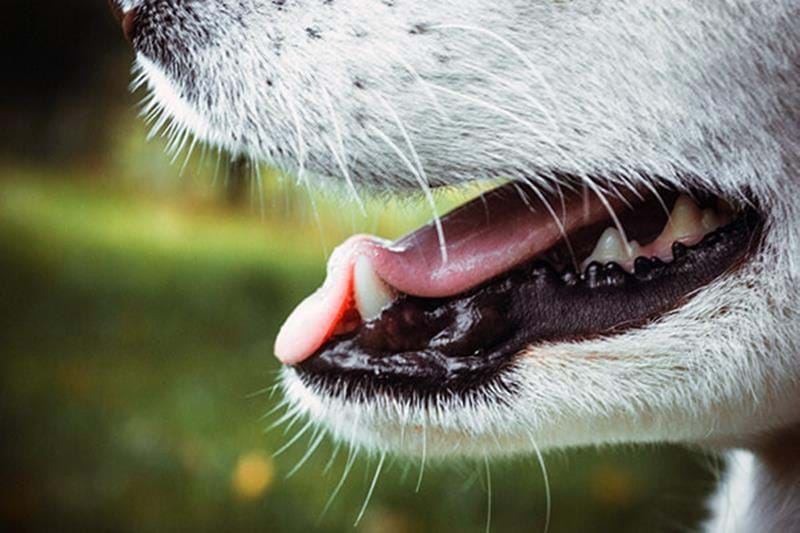These are some of the many things dog owners might ask themselves. A growing puppy should have a diet that’s specially adapted to its stage of development. That’s what makes a good dog food. With the right food, you can be sure your puppy’s receiving everything it needs in the correct amounts.
HOW TO CHOOSE THE BEST FOOD FOR YOUR PUPPY
Dogs require food that meets the needs of the stage of life they have reached. For puppies, it’s recommended to use a food that’s specially developed for puppies and growing dogs, as puppies’ needs differ from those of adult dogs. They have to build up their entire bodies – bones, muscles, organs and tissues – in a really short time, so it’s important that they have a well-balanced diet.
A good dog food has the right levels of protein, fat and energy, as well as a balanced ratio of calcium and phosphorus. With the right food, you can trust that your dog is getting everything it needs to grow into a healthy individual and in the right amounts.
Larger breeds grow in a slightly different way, and are at greater risk of developing developmental disorders in the skeleton if they’re fed with a food that’s too rich in energy, calcium and phosphorus levels. So there are foods that are specially adapted for large breeds.
HOW MUCH AND HOW OFTEN SHOULD A PUPPY EAT?
How much food a puppy should eat is determined by its current weight, how much it should weigh as an adult and its activity level. Take a look at the feeding tables that are usually found on most food packaging. They’re a good guide to how much food your puppy needs to eat each day.
Puppies usually go through their biggest growth spurts between three and six months, and require the most energy relative to their body weight before they’re up to 50 percent of their adult weight. At the same time, a puppy doesn’t have as large a stomach as an adult dog, and its digestion isn’t fully developed. So when it comes to how often your puppy should eat, it can be a good idea to split their daily meal into several smaller amounts during the day, having them eat four or five times. That way, your puppy receives enough energy without having stomach problems. You can also soak the food in water so that it’s easier to both chew and digest. At around eight months, you can reduce the number of meals down to two per day.
Puppies shouldn’t be allowed to get too fat because this can risk damaging their growing skeleton. Also, obesity tends to stay with dogs into adulthood. You shouldn’t be able to see your puppy’s ribs, but you should be able to feel them easily.
If your dog is generally healthy and alert and their coat feels in good condition, then the food is probably suitable.
WHEN TO CHANGE FROM PUPPY FOOD TO ADULT FOOD
When you should stop giving your young dog special puppy food and change to adult food depends on which breed of dog you have. You should switch from puppy food to adult food when your dog has reached its full adult weight. Miniature dogs and small and medium-sized breeds grow to maturity by around 8-12 months of age. Larger breeds take a little longer to complete growth, about 12-15 months, and really large breeds can take up to 18-24 months to reach their full body weight.
Further reading
WHAT SHOULD I FEED MY PUPPY WHEN I FIRST GET IT HOME?
After moving to their new home, a puppy should eat the same food as they had at the breeder’s home. Leaving their mother and comfort zone is a big enough challenge as it is. If you change their food at the same time, there’s a serious risk that the stress will cause problems in the puppy’s gastrointestinal tract.
CHANGE FOOD SLOWLY
When changing food for a dog, it’s important not to change to the new food immediately, but rather take your time. Start by mixing some of the new food with the old food, and then slowly increase the proportion until the dog’s eating only the new food.





